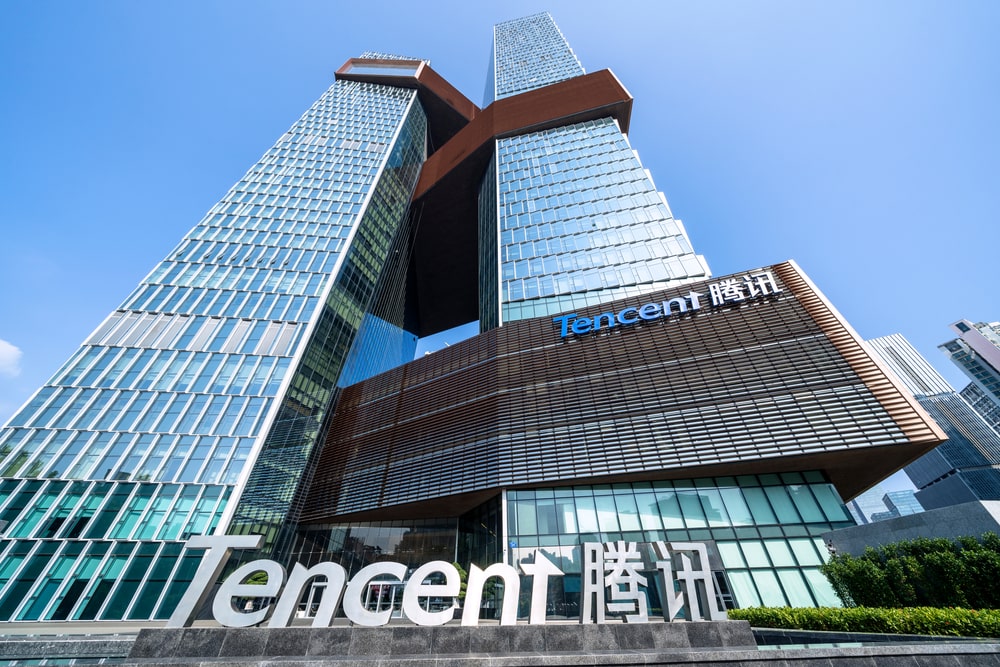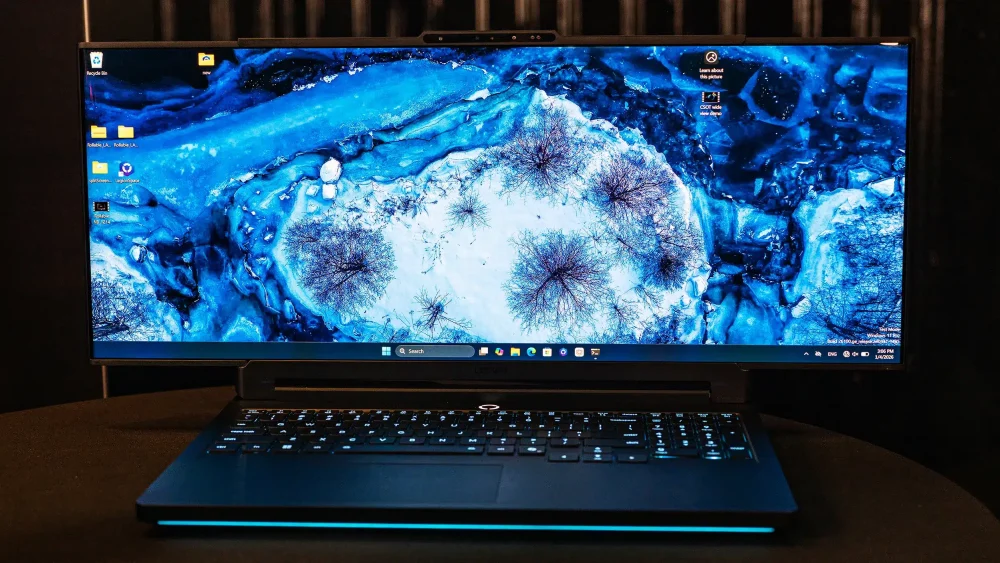Chinese internet giant Tencent has indicated it is unconcerned about whether U.S. authorities allow the resumption of advanced GPU sales, saying it already has sufficient hardware for its artificial intelligence (AI) workloads.
The comments come amid heightened scrutiny in Beijing over domestic firms’ purchases of Nvidia’s H20 chip. According to sources cited by Reuters, regulators, including the Cyberspace Administration of China (CAC), recently summoned Tencent, Baidu, ByteDance, and other companies to explain their procurement of the H20, citing potential “information risks” linked to U.S. government review processes. Officials reportedly questioned why companies were not sourcing domestic alternatives and warned against using H20 devices in government-related applications.
Nvidia, for its part, has stressed that the H20 is not designed for military or government infrastructure, describing it as a commercial product tailored for China after previous U.S. export restrictions limited access to its more advanced AI chips. The company’s $17 billion in China-related revenue during its last fiscal year underscores the importance of the market, even as state-affiliated media have recently criticized the H20’s performance and environmental credentials.
During Tencent’s Q2 earnings call, company president Martin Lau confirmed that the company holds ample chip inventory for training and upgrading its existing AI models. “We also have many options for inference chips,” he said, adding that Tencent is working on software optimizations to improve efficiency and run more workloads on its current hardware base.
Lau’s remarks highlight four potential challenges for U.S. chipmakers. First, expectations that Chinese demand would surge once sales resumed may prove optimistic if major buyers like Tencent reduce purchases. Second, the Trump administration has announced plans to take a percentage of U.S. chip revenue generated in China, complicating supplier margins. Third, Tencent suggested it may increasingly rely on non-U.S. alternatives for future inference workloads. Finally, its optimization efforts indicate a longer-term slowdown in GPU acquisition.
Tencent also acknowledged rising AI-related costs, noting that depreciation of hardware will continue to increase even as revenues from AI applications remain uncertain. “The issue is these two may not match each other completely, but both are moving in the same general direction,” Lau told analysts.
Despite those challenges, Tencent posted solid results for the quarter. Revenue rose 15 percent year-on-year to RMB184.5 billion ($25.7 billion), while net profit increased 11 percent to RMB64.8 billion ($9 billion). Monthly active users of its Weixin and WeChat platforms reached 1.41 billion, up by 40 million from a year earlier.
As regulators push for greater reliance on domestic hardware and companies like Huawei ramp up AI chip development, China’s technology sector faces a delicate balance between reducing foreign dependency and meeting soaring demand for computing power. For Nvidia and AMD, however, Tencent’s stance suggests that even a reopening of the Chinese market may not deliver the anticipated surge in orders.


